On televisions across St. Louis, the faces of Democratic Senate candidate Trudy Busch Valentine and Republican Senate candidate Eric Schmitt were familiar ones from August to November. One moment, Valentine beamed in front of an inhumanly green pasture while melodic music floated in the air; the other, created by the Republican-backed Schmitt, featured dark, frantically clipped images of newspaper headlines seemingly backing up claims that she wants to ‘defund the police.’
Now, these claims were declared false, which means that even though the campaign teams didn’t have sufficient evidence for these accusations, they ran the ads anyway. These desperate, lying attack ads are hardly a Democrat vs. Republican thing — back in the 2022 Primaries, Valentine and opponent Lucas Kunce went through the same song and dance. One noteworthy attack ad by Valentine stated that Kunce was “against gay marriage,” “against Planned Parenthood,” and “for more jail time for marijuana,” which was proven false and condemned by the named source, Vote Smart.
Now, a simple Google search would negate these fabrications. But advertisements are on the screen for a minute at most, and the majority of normal, everyday people don’t do their homework. With tiny, unexplained captions that “cite” their information, these campaign advertisements take advantage of the fact that there are no laws directly against misrepresenting the truth and aid in spreading misinformation.
Political ad campaigns have only become more extreme over time, with candidates now spending an estimated $9 billion in advertising campaigns as of 2022. Strangely enough, political campaigns have not always been this way. Opponents have always attacked each other, sure, and they’ve always hit under the belt. However, this wave of sensationalized campaigning began with the introduction of the television in the 60s, sparking the current movement of gritty, black-and-white attack ads and the flurry of news and local stations overrun with smear campaigns, attempting to run the opponent into the ground.
No surprise, the ad attacking an opponent or an issue distorts information of whichever side they disapprove; however, this also begins the process of misinformation by the way of campaign advertising. Even if political ads aren’t that effective, they can still stir up thoughts based on lies and misinform their audience.
Most people don’t fact-check everything they hear, especially when these advertisements come during another activity, like watching television, scrolling on the internet or listening to the radio. Campaign teams capitalize on their audience’s inattention, utilizing current events and turning them into talking points that they spread rapidly, many times, without correctly using their cited sources. These tactics manipulate a gullible and naive audience to form unfounded beliefs about both ideas and people.
“Truth can be muddled in those sorts of ads because [they’re] just trying to attack the other side, and it’s up to outside organizations to fact-check to see whether or not the ad is 100% correct,” social studies department chair Jeffrey Chazen said. “Sometimes, ads are just flat-out wrong, but they are effective because they made people think that [it was right].”
Chazen teaches both Government and AP Government classes that are meant to prepare students for the future by educating them about civics and how government works. However, within the past ten to fifteen years, the rise of social media has interrupted this educational flow by the lack of differentiation between opinion and fact. As the so-called ‘marketplace of ideas,’ social media plays a heavy role in circulating false or sensationalized information, with fake news spreading more rapidly than real news.
Media such as TikTok is praised for incorporating teaching methods, yet TikTok still has been approving ads that promote misinformation and amplifying fake news. Twitter is often used by many verifiable news sites, but there are only so many characters that someone can type into a Twitter post before the post is cut off — 280, to be exact — and this leads to short titles or explanations that do not encapsulate the true matter at hand. When audiences use social media solely for news, this leads to an overreliance on social media and overconfidence in how well people, especially students, can determine information from misinformation.
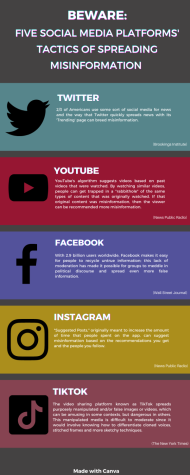
It has been shown time and time again that misinformation not only causes miseducation but it can create real conflict. One well-known example lies within the escalated falsehoods about the election. Misinformation on social media sites like Twitter is widely regarded as the cause of the infamous Jan. 6 Capitol attacks and the numerous incidents after. In addition, with Twitter at their fingertips, commentators such as Tucker Carlson and Joe Rogan also contributed to the wide misleading information surrounding COVID-19, causing chaos and panic and even resulting in several further hospitalizations from ivermectin, which Rogan promoted on his podcast. Misinformation like this is dangerous and should be taken seriously. To demonstrate this, librarian Lauren Reusch evaluates websites with Honors English 2 students, teaching them how to identify and recognize misinformation.
“Social media, in particular, can be tailored to your preferences, which can become this echo chamber [where] we’re only seeing things that appeal to us,” Reusch said. “We’re not able to see all viewpoints and all sides of things because we’re only seeing the things that are curated for us, so it can be a dangerous place [for misinformation].”
The reasonable answer would be to say that misinformation needs to stop, and companies and campaigns that help to promote such misinformation and fake news need to be held accountable. However, we live in an unreasonable world with unreliable expectations, and thus, the burden falls on the incoming generations to reject this misinformation and maintain critical thinking skills.
It sounds simple enough — at first. The truth is that with the increasing reliance on television and social media for information as well as the corporatization of so-called “real journalism,” it can be harder than ever to tell fact from fiction.
Students of rising generations must learn to navigate through a world that constantly lies to them, which can be done in a multitude of ways. One of which involves challenging our inherent biases and exploring different perspectives on a topic to make a final decision on beliefs.
“If [an] article that you’re reading is reinforcing all the things that you believe, just remember that there’s another side out there,” Reusch said. “In order for us to be informed citizens, we have to understand both sides and [then] choose the side we want to [be] on.”
Furthermore, as much as people can over-depend on social media for news and opinions, technology can be a benefit. Taking time to gain knowledge about current events by researching constantly updated websites thoroughly vetted by professionals can prevent misinformation from taking root. Even opposite sides of the political spectrum still have verifiable, credible news sources that write in-depth, trustworthy stories and articles.
“Those [trusted news sources] are the ones that tend to have been around for a while,” Chazen said. “On the conservative side, the Wall Street Journal is a great organization. On the [liberal] side, the New York Times has been around for a while and is on a good track.”
It’s important to keep an open mind with statistics and the sources from whence they came, and, as information is updated, to know the right sources who have the credibility to report it. It is also important to question everything and make decisions about what is trustworthy based on past credibility, timeliness and the types of citations used. Social media and campaign ads purposely exploit inattentiveness, so it’s important to be involved and understand what’s true and what’s false. Some non-partisan platforms, such as Ground News and Politico, work to decrease the amount of false or severely biased disseminated information, which can limit the spread of such news.
Misinformation is not to be taken lightly. As students of a nation becoming increasingly partisan and digitized, we must understand and recognize the effects misinformation can have on not just individuals but a collective nation. We must learn to differentiate between fact and opinion and better evaluate the content we consume so that the media’s dirty, problematic tricks cannot manipulate us.

![This photo illustration is inspired by the copious political attack ads plastered over all news and local stations in the St. Louis Metro area. These commercials exploit current event issues by using the biggest concerns to attract attention. "Marijuana is one [concern] in Missouri because they’re having a ballot issue. Illegal immigration and cutting taxes are the ones that Republicans use. The whole ‘[Republicans] being very right-wing and autocratic’ is [an issue ad] that you would see the Democrats doing. They’re all over the place depending on what the hot-button issue is," social studies department chair Jeffrey Chazen said.](https://pwestpathfinder.com/wp-content/uploads/2022/11/Cant-be-trusted-900x675.png)


![Junior Fiona Dye lifts weights in Strength and Conditioning. Now that the Trump administration has instituted policies such as AI deregulation, tariffs and university funding freezes, women may have to work twice as hard to get half as far. "[Trump] wants America to be more divided; he wants to inspire hatred in people,” feminist club member and junior Clara Lazarini said.](https://pwestpathfinder.com/wp-content/uploads/2025/05/Flag.png)
![As the Trump administration cracks down on immigration, it scapegoats many immigrants for the United States’ plights, precipitating a possible genocide. Sophomore Annabella Whiteley moved from the United Kingdom when she was eight. “It’s pretty scary because I’m on a visa. When my visa expires next year, I’m not sure what’s going to happen, especially with [immigration] policies up in the air, so it is a concern for my family,” Whiteley said.](https://pwestpathfinder.com/wp-content/uploads/2025/05/DSC_0077-7copy.jpg)
![Shifting global trade, President Donald Trump’s tariffs are raising concerns about economic stability for the U.S. and other countries alike. “[The tariffs are] going to pose a distinct challenge to the U.S. economy and a challenge to the global economy on the whole because it's going to greatly upset who trades with who and where resources and products are going to come from,” social studies teacher Melvin Trotier said.](https://pwestpathfinder.com/wp-content/uploads/2025/05/MDB_3456-1200x800.jpg)
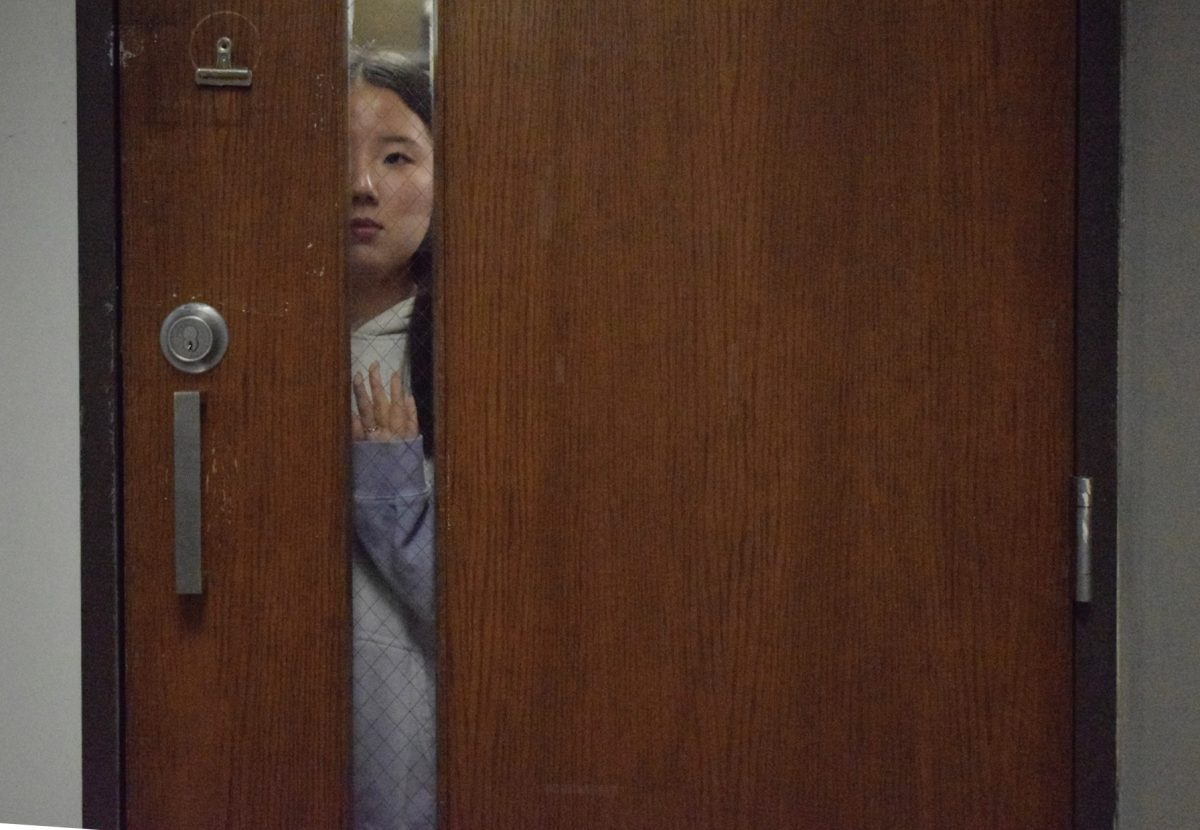


![Some of the most deadly instances of gun violence have occurred in schools, communities and other ‘safe spaces’ for students. These uncontrolled settings give way to the need for gun regulation, including background and mental health checks. “Gun control comes about with more laws, but there are a lot of guns out there that people could obtain illegally. What is a solution that would get the illegal guns off the street? We have yet to find [one],” social studies teacher Nancy Sachtlaben said.](https://pwestpathfinder.com/wp-content/uploads/2025/01/DSC_5122-1200x800.jpg)

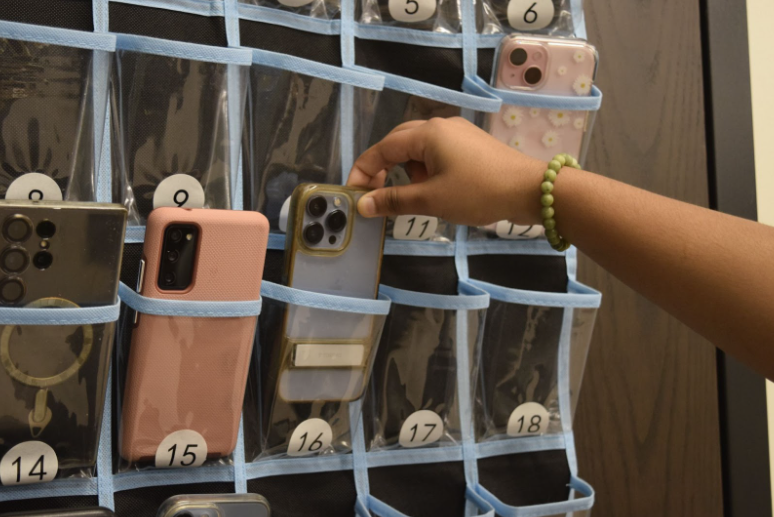
![Making up a large portion of the film industry, many popular movie remakes and sequels have been released recently. Similar to film remakes, theater teacher Amie Gosset often uses play adaptations of famous movies for theater productions. “It’s challenging because people have an idea of what the film is, whether it’s an iconic film or one they really liked. [Consumers] come in with a preconceived notion of how the [film] should be. Then, [they] are either surprised because they like the new version or disappointed because it’s not what they’re used to.”](https://pwestpathfinder.com/wp-content/uploads/2024/12/DSC_0042-1200x801.jpg)


![Pitching the ball on Apr. 14, senior Henry Wild and his team play against Belleville East. Wild was named scholar athlete of the year by St. Louis Post-Dispatch after maintaining a high cumulative GPA and staying involved with athletics for all of high school. “It’s an amazing honor. I feel very blessed to have the opportunity to represent my school [and] what [it] stands for,” Wild said.](https://pwestpathfinder.com/wp-content/uploads/2025/05/unnamed-6-1200x714.jpg)
![Red, white and blue, the American flag holds the values of our democracy. The fight that we once endured has returned, as student journalists and senior correspondents across the country are losing their voices due to government control. “[Are] the White House and [the] government limiting free speech [and] freedom of the press? Yes [they are],” chief communications officer of the Parkway School District and former journalist Elisa Tomich said.](https://pwestpathfinder.com/wp-content/uploads/2025/03/Untitled-design-14.jpg)
![Freezing in their position, the Addams Family cast hits the “rigor mortis” pose after cast member and senior Jack Mullen, in character as Gomez Addams, calls out the stiff death move. For the past four months, the combined company of cast members, orchestra pit, crew and directors all worked to create the familial chemistry of the show. “I’m excited for [the audience] to see the numbers, the music, the scenes, but I also just love all the technical aspects of it. The whole spectacle, the costumes, makeup and the people that put in the work backstage in order to make the show successful on stage. I’m excited for people to see and appreciate that,” Mullen said.](https://pwestpathfinder.com/wp-content/uploads/2025/03/DSC0116-1200x800.jpg)
![A board in the Parkway West counseling department displays pennants of selective universities. With a wide range of students interested in attending, it’s important that these schools have clear priorities when deciding who to admit. “[Washington University] had the major that I wanted, psychology, philosophy, neuroscience. That's a holistic study of the brain, and [WashU is] the only college in the world that offers that. That's the main reason I wanted to go; I got into that program,” senior Dima Layth said.](https://pwestpathfinder.com/wp-content/uploads/2025/02/Flag-1.png)
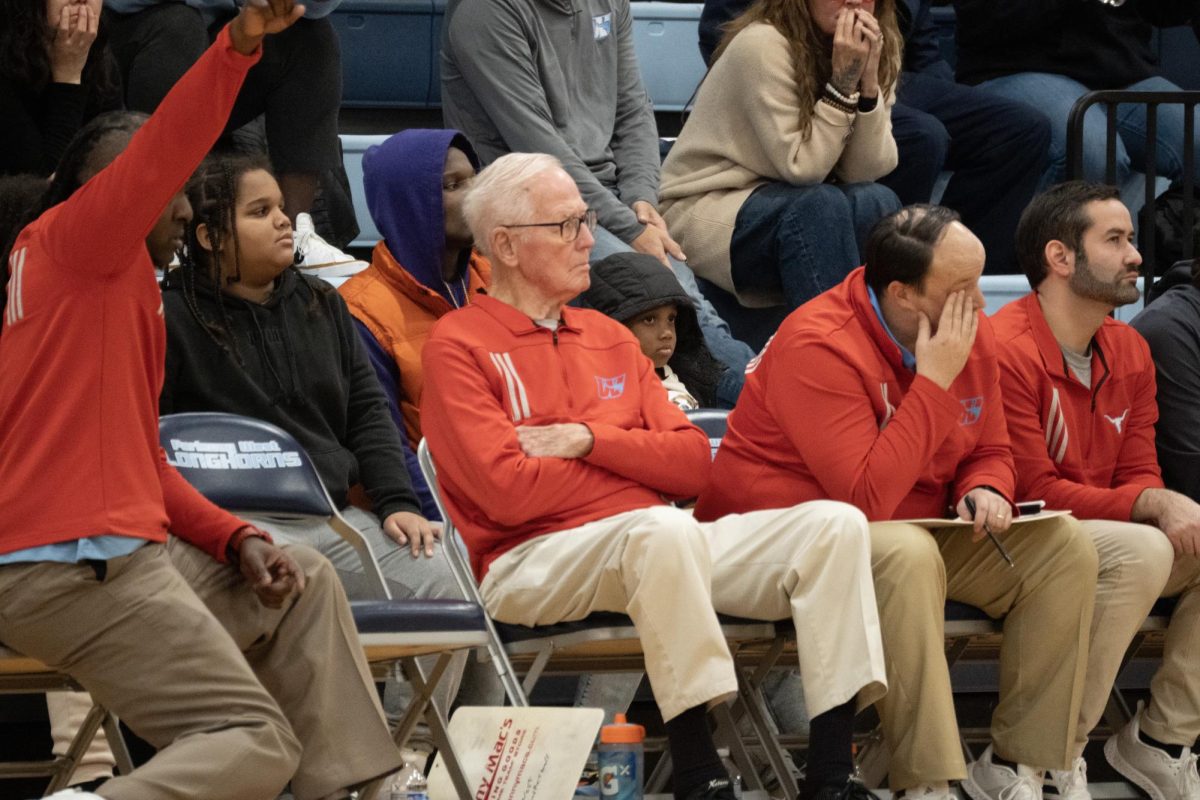
![Within the U.S., the busiest shopping period of the year is Cyber Week, the time from Thanksgiving through Black Friday and Cyber Monday. This year, shoppers spent $13.3 billion on Cyber Monday, which is a 7.3% year-over-year increase from 2023. “When I was younger, I would always be out with my mom getting Christmas gifts or just shopping in general. Now, as she has gotten older, I've noticed [that almost] every day, I'll open the front door and there's three packages that my mom has ordered. Part of that is she just doesn't always have the time to go to a store for 30 minutes to an hour, but the other part is when she gets bored, she has easy access to [shopping],” junior Grace Garetson said.](https://pwestpathfinder.com/wp-content/uploads/2024/12/DSC_0249.JPG-1200x801.jpg)
![Complex global supply chains supply the goods for everyday luxuries, such as the coffee at West High’s Blue Brew. Low tariffs enabled much of the prosperity of modern history. “Higher tariffs lead to higher costs. A tariff is a tax on an imported good, and someone has to pay for that tax, and typically that [will] end up impacting consumers,” economics teacher Rachel Money said.](https://pwestpathfinder.com/wp-content/uploads/2024/12/Flag-1.png)

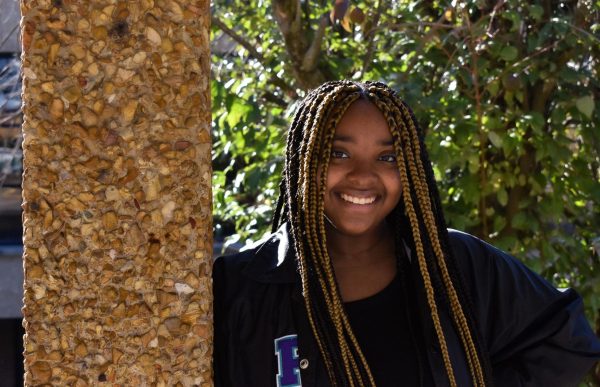
Mira Nalbandian • Dec 7, 2022 at 4:32 pm
Great job, Elizabeth!
Dr. Piffel • Nov 16, 2022 at 3:56 pm
Thank you for writing this story, Elizabeth! I think it is important our students learn how information is monitored on various social media platforms and learn how to navigate trusted sources.
Katie Wallace • Nov 14, 2022 at 7:27 am
This is such an informational, well-written story! Great job Elizabeth
Emily Early • Nov 9, 2022 at 10:41 am
So well written. Great job, Elizabeth.
Audrey Ghosh • Nov 9, 2022 at 8:30 am
Love how timely and informational this is!